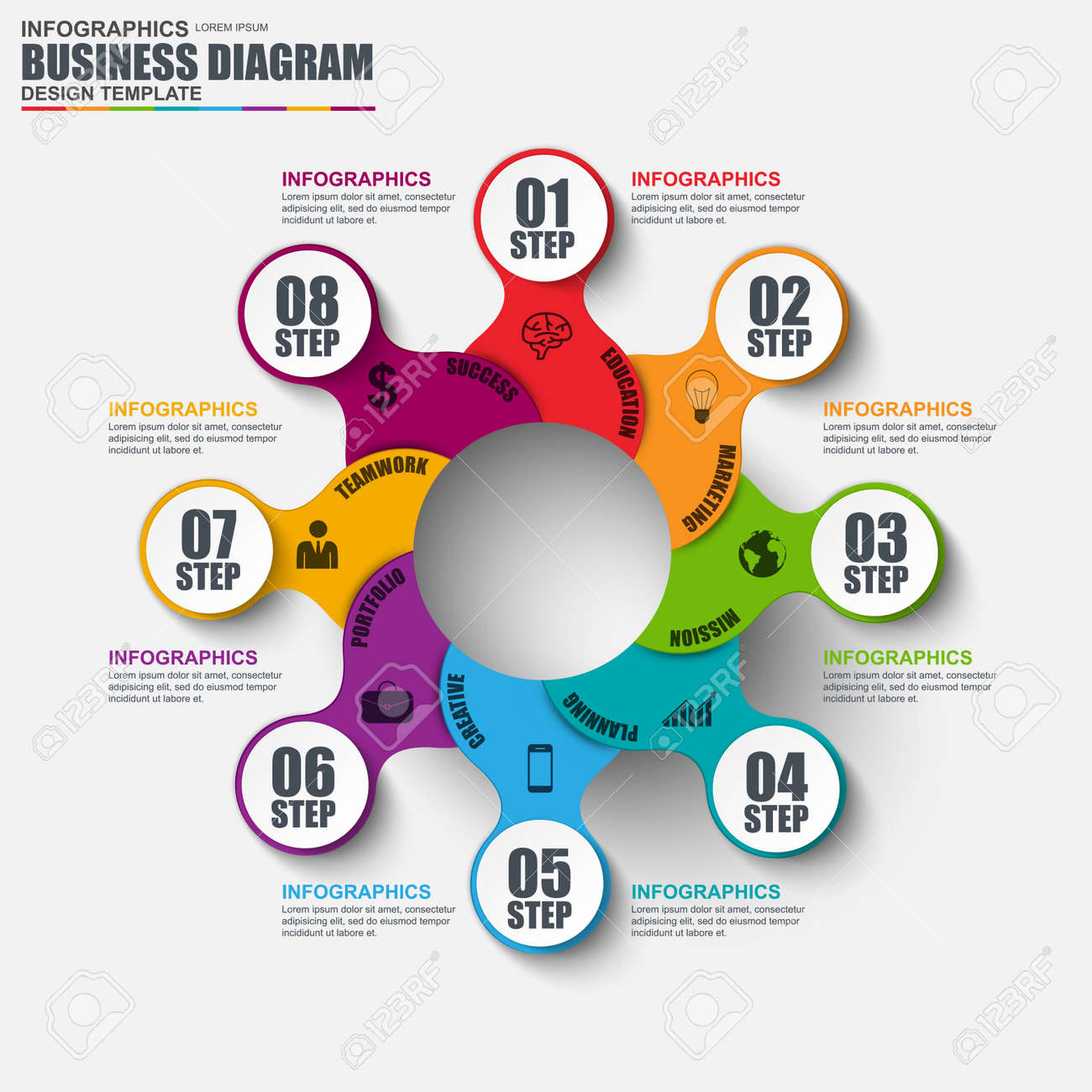Web Site Style Basics: Tips For Structure A User-Friendly Site
Web Site Style Basics: Tips For Structure A User-Friendly Site
Blog Article
Web Content By-McKnight Ehlers
When it pertains to web site layout, ensuring user-friendliness is key. From responsive design to structured navigation, every element plays a crucial role in creating a site that satisfies your audience's demands. But what concerning the better details that can make or break an individual's surfing experience? Stay tuned as we discover some often-overlooked ideas that can raise your internet site's use to the following degree, making it really stand apart in the electronic landscape.
Importance of Responsive Style
Receptive style is a critical facet of modern-day website development. Guaranteeing your site is responsive means that it can adjust to different display dimensions and devices, giving a seamless experience for users.
With the increasing use smartphones and tablet computers to access the net, having a responsive layout is crucial for getting to a bigger target market. It assists in improving customer experience by making your internet site very easy to browse and read on any type of tool.
In addition, receptive design can favorably influence your internet search engine rankings, as search engines like Google prioritize mobile-friendly sites. By having a receptive style, you're additionally future-proofing your website, as brand-new gadgets with varying screen dimensions remain to emerge.
Simplify Navigating Framework
To enhance customer experience and facilitate very easy access to details on your website, enhancing the navigation framework is extremely important. When designing your site, concentrate on developing a clear and intuitive navigation food selection that aids visitors find what they're looking for quickly.
Restriction the number of menu items to the fundamentals, organizing relevant pages together to stay clear of overwhelming users. Usage detailed tags that clearly indicate the content of each web page, making it much easier for users to understand where each link will certainly take them.
Think about applying dropdown food selections for subcategories to prevent littering the primary navigation bar. Additionally, consist of a search bar plainly on the web page for individuals that prefer searching for particular info.
Prioritize mobile responsiveness in your navigation style to guarantee easy accessibility on all devices.
Optimize Web Page Lots Rate
Improving page tons speed is crucial for preserving site visitors on your website. Slow-loading web pages discourage individuals and can lead to high bounce rates. To maximize page load speed, begin by enhancing pictures. Press images without jeopardizing top quality to decrease their data sizes.
Furthermore, make it possible for web browser caching to store often accessed sources in your area, accelerating lots times for returning site visitors. Minify CSS, JavaScript, and HTML documents by removing unneeded personalities, remarks, and formatting, enhancing load speed.
Take into https://www.hospitalitynet.org/news/4106616.html utilizing a material distribution network (CDN) to distribute your site's web content across numerous web servers worldwide, lowering latency for users accessing your website from different areas. Lastly, limit the use of third-party scripts and plugins, as they can significantly affect load times.
Conclusion
To conclude, by incorporating receptive design, streamlining navigation, and maximizing web page tons rate, you can develop an easy to use site that attract a bigger audience and improves individual experience. These essential elements guarantee that site visitors can conveniently access and browse your site throughout different devices, resulting in increased involvement and contentment. By concentrating on these vital facets, you can develop an effective site that maintains individuals coming back for more.
